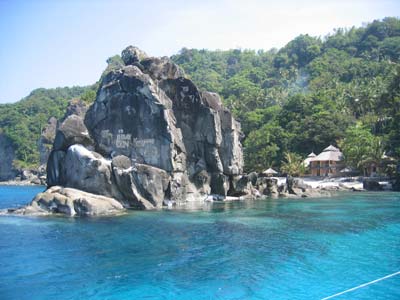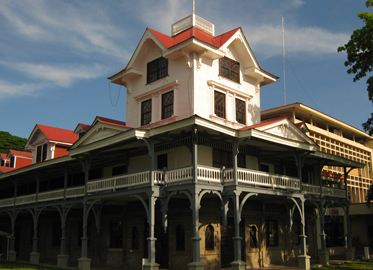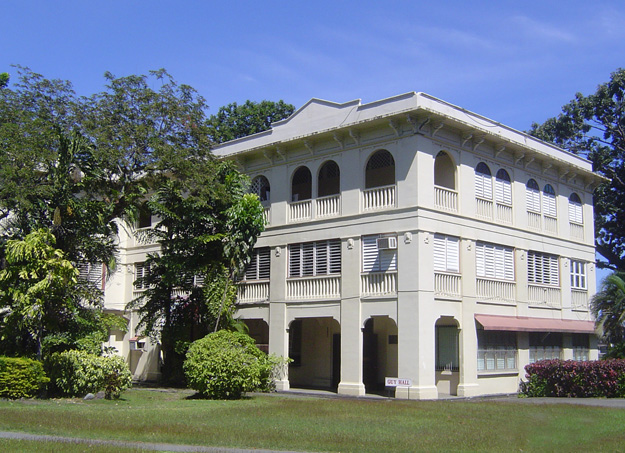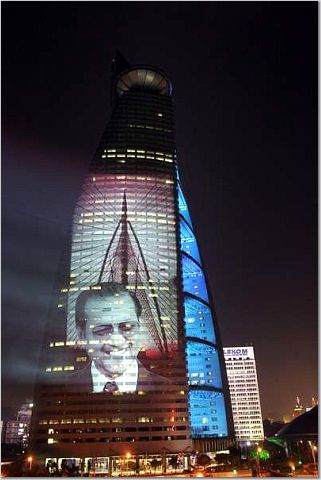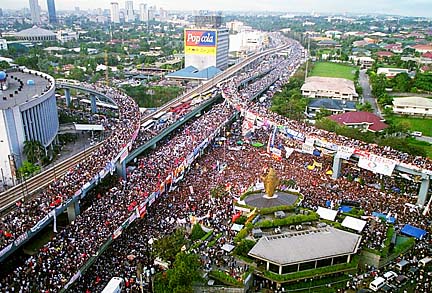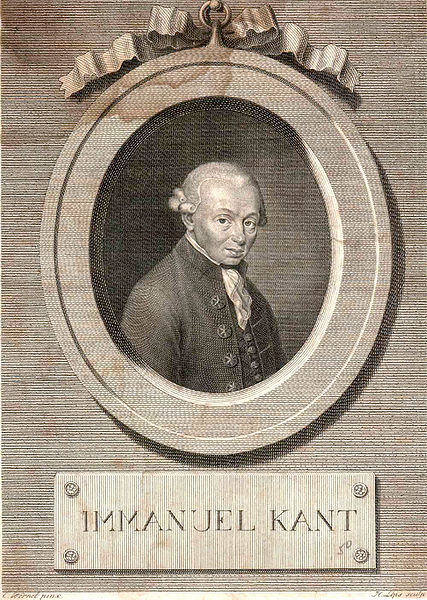Photo Credit: Nikater
I’ve always loved Ancient Greece more than Ancient Rome because of Greek philosophy. But when I think of all the bridges, roads, and aqueducts that the Romans built and are still in use today, I come to love them just as much.
A famous passage from Virgil‘s Aeneid draws another comparison between them:
The Greeks shape bronze statues so real they they seem to breathe,
And craft cold marble until it almost comes to life,
The Greeks compose great orations, and measure
The heavens so well they can predict the rising of the stars.
But you, Romans, remember your great arts:
To govern the peoples with authority,
To establish peace under the rule of law,
To conquer the mighty, and show them mercy once they are conquered.
“To establish peace under the rule of law.” The Roman Peace or Pax Romana was established under the reign of Caesar Augustus, who “cut back on imperial expansion and focused on civic improvement — roads and bridges, aqueducts, protective walls, and new temples everywhere to remind the Romans that they were a moral people.” (Reid 35)
Also practical.
But I want to focus on the Roman bridge as the ultimate symbol of peace. Bridges connect two areas divided by water or by a gorge, and it is by connecting to overcome divisions, that leads to peace. And in my previous post, I discussed that the European Union cooperates economically to overcome their divisions.
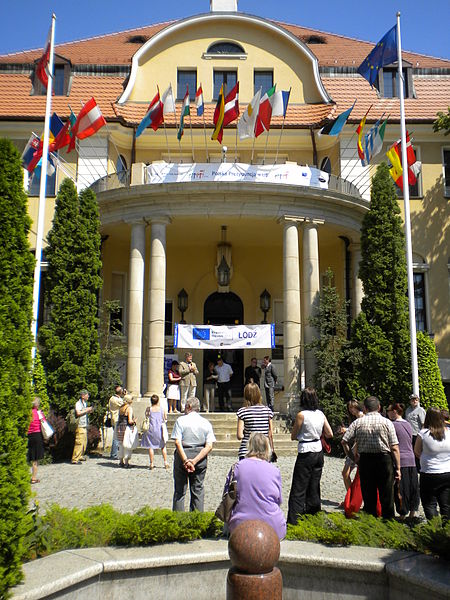 Photo Credit: Centrum Dialogu
Photo Credit: Centrum Dialogu
The EU is the closest example to a Foedus Pacificum (Pacific Federation), which is explained in philosopher Immanuel Kant‘s Perpetual Peace: A Philosophical Sketch. I have underlined the parts I am focusing on:
SECOND DEFINITIVE ARTICLE FOR A PERPETUAL PEACE
“The Law of Nations Shall be Founded on a Federation of Free States”
…States do not plead their cause before a tribunal; war alone is their way of bringing suit. But by war and its favorable issue, in victory, right is not decided, and though by a treaty of peace this particular war is brought to an end, the state of war, of always finding a new pretext to hostilities, is not terminated. Nor can this be declared wrong, considering the fact that in this state each is the judge of his own case. Notwithstanding, the obligation which men in a lawless condition have under the natural law, and which requires them to abandon the state of nature, does not quite apply to states under the law of nations, for as states they already have an internal juridical constitution and have thus outgrown compulsion from others to submit to a more extended lawful constitution according to their ideas of right. This is true in spite of the fact that reason, from its throne of supreme moral legislating authority, absolutely condemns war as a legal recourse and makes a state of peace a direct duty, even though peace cannot be established or secured except by a compact among nations.For these reasons there must be a league of a particular kind, which can be called a league of peace (foedus pacificum), and which would be distinguished from a treaty of peace (pactum pacis) by the fact that the latter terminates only one war, while the former seeks to make an end of all wars forever. This league does not tend to any dominion over the power of the state but only to the maintenance and security of the freedom of the state itself and of other states in league with it, without there being any need for them to submit to civil laws and their compulsion, as men in a state of nature must submit.
The practicability (objective reality) of this idea of federation, which should gradually spread to all states and thus lead to perpetual peace, can be proved. For if fortune directs that a powerful and enlightened people can make itself a republic, which by its nature must be inclined to perpetual peace, this gives a fulcrum to the federation with other states so that they may adhere to it and thus secure freedom under the idea of the law of nations. By more and more such associations, the federation may be gradually extended.
Photol Credit: Grant Hamilton (1862–1926)
The United States is the perfect candidate for this, but is it “inclined to perpetual peace”?
We may readily conceive that a people should say, “There ought to be no war among us, for we want to make ourselves into a state; that is, we want to establish a supreme legislative, executive, and judiciary power which will reconcile our differences peaceably.” But when this state says, “There ought to be no war between myself and other states, even though I acknowledge no supreme legislative power by which our rights are mutually guaranteed,” it is not at all clear on what I can base my confidence in my own rights unless it is the free federation, the surrogate of the civil social order, which reason necessarily associates with the concept of the law of nations–assuming that something is really meant by the latter.
The concept of a law of nations as a right to make war does not really mean anything, because it is then a law of deciding what is right by unilateral maxims through force and not by universally valid public laws which restrict the freedom of each one. The only conceivable meaning of such a law of nations might be that it serves men right who are so inclined that they should destroy each other and thus find perpetual peace in the vast grave that swallows both the atrocities and their perpetrators.
For states in their relation to each other, there cannot be any reasonable way out of the lawless condition which entails only war except that they, like individual men, should give up their savage (lawless) freedom, adjust themselves to the constraints of public law, and thus establish a continuously growing state consisting of various nations (civitas gentium), which will ultimately include all the nations of the world. But under the idea of the law of nations they do not wish this, and reject in practice what is correct in theory. If all is not to be lost, there can be, then, in place of the positive idea of a world republic, only the negative surrogate of an alliance which averts war, endures, spreads, and holds back the stream of those hostile passions which fear the law, though such an alliance is in constant peril of their breaking loose again.8 Furor impius intus . . . fremit horridus ore cruento (Virgil).
That’s “Wicked Frenzy ravages savagely with blood-stained mouth”.
Now, despite my comment about the United States, would the federation of Europe even be possible without the Marshall Plan?
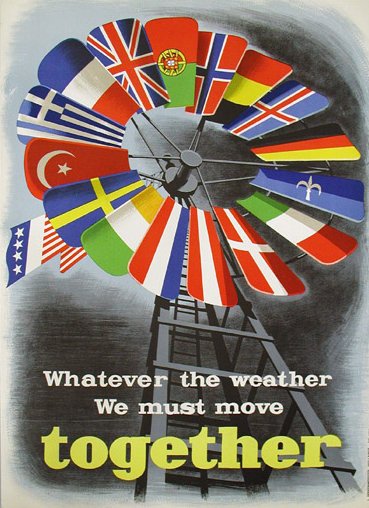 Photo Credit: E. Spreckmeester, published Economic Cooperation Administration
Photo Credit: E. Spreckmeester, published Economic Cooperation Administration
Shouldn’t there be another “Marshall Plan” of at least the same magnitude for the Middle East?
This time, the United States wouldn’t need to be the sole contributor. Any country with the means can chip in.
Sources:
Reid, T.R. “Roman Empire”. National Geographic. July 1997, pp. 2-41.


















